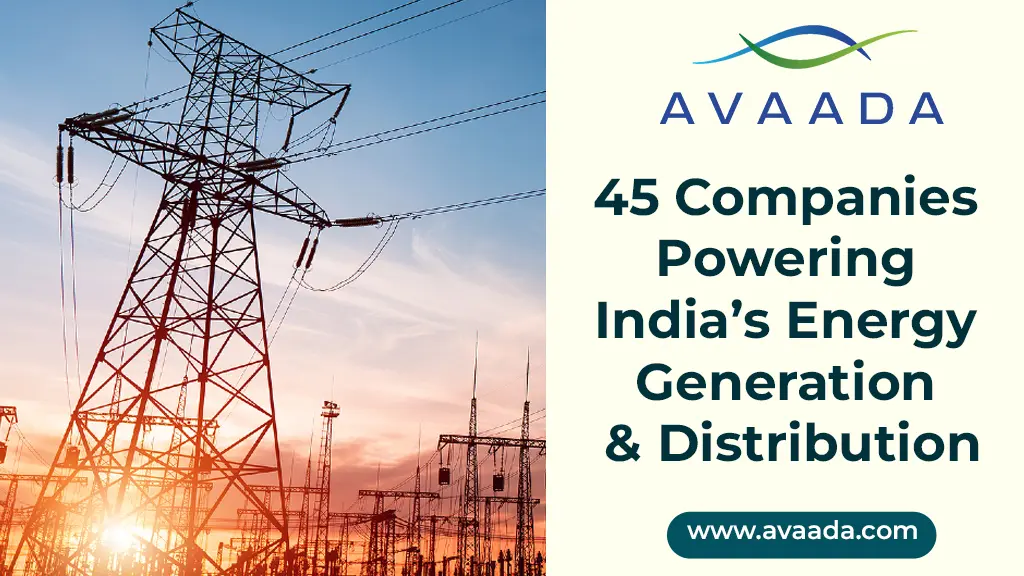With India ramping up its shift to renewable energy, the Commercial and Industrial (C&I) sectors are adopting the use of solar photovoltaic (PV) systems to lower operational costs and carbon emissions. Net metering, a critical policy that enables customers to supply excess solar energy back into the grid and offset their bills, is a turning point in this transformation.
What is Net Metering
Net metering is a billing mechanism that credits owners of solar systems for electricity that they put into the grid. For example, a commercial facility that generates more power than it consumes during daylight hours has the excess sold to the grid and earns credits that can be used to balance consumption during hours when the sun is not out. The mechanism enhances the economics of solar investments for C&I customers.
Benefits to C&I Solar Projects
- Cost Savings: Companies can reduce their energy expenses significantly by generating their electricity. Net metering adds to these savings by making it possible to sell excess power back to the grid.
- Autonomy of Energy: On-site solar generation reduces reliance on the grid, protecting against fluctuations in electricity prices and supply disruptions.
- Green Benefits: Solar power consumption lowers greenhouse gas emissions, enhancing corporate sustainability efforts and corporate image.
- Regulatory Incentives: The majority of Indian states have benevolent net metering policies, enabling companies to prefer solar adoption.
Learn more about the List of Top 10 Solar Panel Manufacturers in India
Avaada's Role in Driving C&I Solar Solutions
Avaada Group, one of India’s leading solar EPC players, has been instrumental in promoting solar energy adoption in the C&I space. Having diversified solar installation portfolios, Avaada provides end-to-end solutions from project development to implementation, facilitating hassle-free integration of solar systems for businesses.
Avaada Energy has recently raised approximately ₹5.97 billion of refinancing for Karnataka and Maharashtra C&I solar projects. The projects supply power to several corporations, from the likes of Bharti Airtel, Motherson, Bharat Forge, Nxtra Data, and Lumax. Such projects are a testament to the enthusiasm of Avaada to provide green energy solutions for the industrial segment.
Challenges and Considerations
Even though net metering has several advantages, there are some challenges involved:
- Policy Variability: Net metering rules differ from state to state, which leads to differences in implementation as well as gains.
- Capacity Limits: Capacity limitations on eligible capacity for net metering have been introduced in a few states, which may limit high-cost C&I installations.
- Infrastructure Constraints: Grid infrastructure is stressed due to high penetrations of distributed solar power, necessitating investment and upgrades.
For insights into the latest developments and future outlook of solar panel production, check out the blog on ‘PV Manufacturing Trends in India’.
The Future of Net Metering in India
To utilise net metering optimally for C&I solar projects, a consistent national policy framework is required. Having standardisation in rules and clear guidelines will encourage more business houses to invest in solar power. Additionally, advanced energy storage technologies can go hand-in-hand with net metering to have more control over the supply and demand of electricity.
Conclusion
Net metering is a force behind the growth of solar in India’s C&I sector. With cost reduction, sustainability, and self-sufficiency in energy, it is a compelling offer for companies to go solar. Avaada is one of the key players that are pushing this transition forward, with integrated solar solutions that are aligned with the evolving energy landscape








